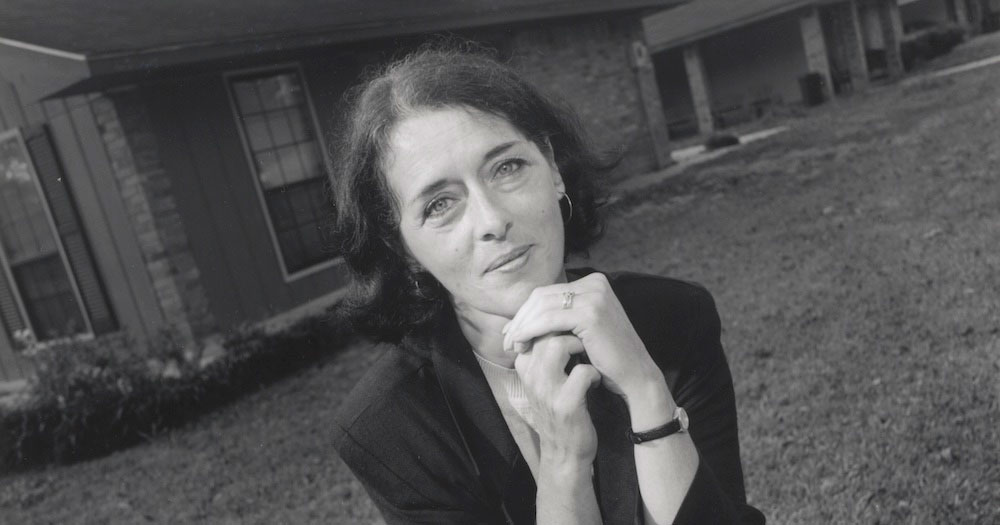

Photo: Jim Harrison
Lois Gibbs
Environment
5th Heinz Awards - 1999
Lois Gibbs received the 5th Heinz Award in the Environment for demonstrating the importance of citizen activists in protecting both the health of their communities and the environment as a whole.
In 1978, when the first discovery of toxic waste occurred, the residents of Love Canal, near Niagara Falls, New York, discovered that their homes and their children were being poisoned by industrial toxic waste dumped there decades before. After her own son became ill, Ms. Gibbs, then a young housewife and a high school graduate, educated herself about toxic waste issues and, as head of her neighborhood association, became the spokesperson for the 1,000 families in Love Canal. Her mission was set. She addressed college classes, gave press conferences, and was eventually invited to testify before Congress. She acted to challenge the government at all levels to redress this environmental assault on her community and, thankfully for all of us, she succeeded.
The victory at Love Canal, and the attention brought to it by Ms. Gibbs, awakened the nation to the hazards of chemicals in our environment. A message was sent that individuals can act against powerful industrial and governmental forces to protect themselves, their homes and their families. That message is still reverberating across the land.
Ms. Gibbs did not stop with her victory at Love Canal. In 1981, she established the Citizens Clearinghouse for Hazardous Wastes to provide the information and support needed to empower other communities to organize themselves to reduce and eliminate threats from toxic substances and other environmental ills. Her message was not “not in my backyard,” but “not in anybody’s backyard.”
Ms. Gibbs and her organization continue to grow intellectually and in effectiveness. Now renamed the Center for Health, Environment and Justice, its mission has moved beyond toxic wastes to embrace a wide spectrum of environmental health issues, becoming the leading crusader for environmental equity in the nation. Working with a slender budget, she and the Center now provide information, training, and inspiration to more than 8,000 local groups throughout the United States.
Lois Gibbs has been at the heart of campaigns that have increased public awareness in unprecedented ways and led to major responses by public agencies and elected officials throughout the country. Her work has been critical to the passage and continuing success of the Superfund program in cleaning up hundreds of hazardous waste sites across the United States.
Love Canal was not the first toxic waste dump in America, but it did change the way society thinks about the disposal of such material. Likewise, much of the history of American environmentalism in the past 20 years reflects the leadership and genius of Lois Gibbs. The community participation and local empowerment she pioneered became part of later statutes and regulatory policy. Her early writings on community involvement in environmental issues were the blueprint for a form of participation that is now commonplace.
At a time when local action is of increasing importance in the work to preserve public health and the natural world, Lois Gibbs continues to inspire and empower a growing number of Americans to help themselves, their communities, and the planet.
Note: This profile was written at the time of the awards’ presentation.
